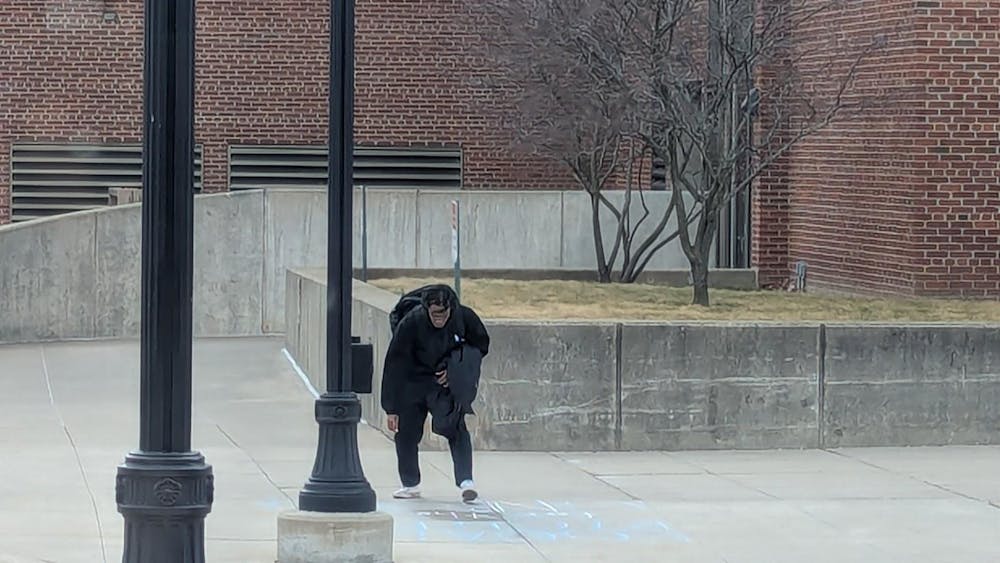A forum discussing Eastern Michigan University’s current budget and Strong Hall renovations was held Tuesday in the student center to the public.
The physical forum was held Nov. 28 at 11a.m. where EMU president James Smith welcomed and updated the crowd on current campus activities. Afterward, Scott Storrar, director of facilities planning and construction, and the renovation team for Strong Hall gave updates on the construction. Chief financial officer Mike Valdes took the stage to discuss the current budget for the university, followed by an open Q&A for those in attendance.
Strong Hall, originally built in 1957, had received no significant renovations since its construction. The current renovation is costing $39.5 million, will $29.6 million coming from the state and the rest from EMU. The idea for renovation had been suggested since 2009, but was only just approved in July of 2016.
Heavy design changes are being made to the building, including increases in assignable, student and collaboration spaces, thermal performance in the building and technology (in relation to wifi, data and power.) There have been efforts to bring more natural light into the building as well for the sake of saving energy and providing a better working environment.
The project is a complete building renovation, with new mechanical and electrical systems and a 10,000 sq/ft addition to the complex.
Sustainability was emphasized as an important point; the designers seeking to add such features to the building. Design coordinators are seeking certification from the Leadership in Energy and Environmental Design (LEED) rating system with their additions.
LEED worthy changes include the implementation of Bioswale (a landscape element that removes sill and pollution from drainage runoff), lighting controlled systems, heat recovery, and recycled and renewable content.
The construction schedule was reported as being on track, with the demo and abatement wrapping up and foundation enhancements having begun in mid-November. Building sustainability won’t be possible till December of 2018, which will mark the end of construction.
The construction team has recycled 500 tons of materials to date, reused a lot of the existing structure and used locally sourced materials to increase the sustainability of the project. Internships and job shadowing opportunities are available for students who seek to learn more about construction through the project.
Mike Valdes provided information on the current budget, which was decided back in May of 2017 and involved increasing funding in financial aid rewards. There’s been a 3.9% increase in tuition as a result.
Most of the budget (about $253.1 million of the $307.5 million budget for 2018) is dedicated to financial aid, salaries and benefits, and variable expenses. The budget was based on 478,000 credit hours, but the new projection says they’ll only be funding 473,000. The credit hours in general have been steadily decreasing at EMU 2012 from 546,323 credit hours to the 473,000 projected for 2018.
Various projections from forecasted four-year budget to comparisons between the budget’s predicted sums to the actual sums were discussed. The charts used to show these comparisons are available online via powerpoint presentation.
The next steps of the budget included more focus on the Voluntary Early Retirement Incentive Program (VERIP), the early stages of which yielded 34 retirees. Further reduction of expenses is expected, but also more drops in revenue by 2019. Some efforts to increase revenue include more online opportunities and optimizing revenues from outside the university. To decrease expenses, EMU wants to adjust operations to current activity levels and consolidate redundant operations.
A Q&A was offered at the end of the forum for any questions the topics discussed or EMU in general.
A YouTube video shows a recording of the forum in its entirety. Information on EMU’s budgeting operations is also available on the business and finance page on EMU’s website.








